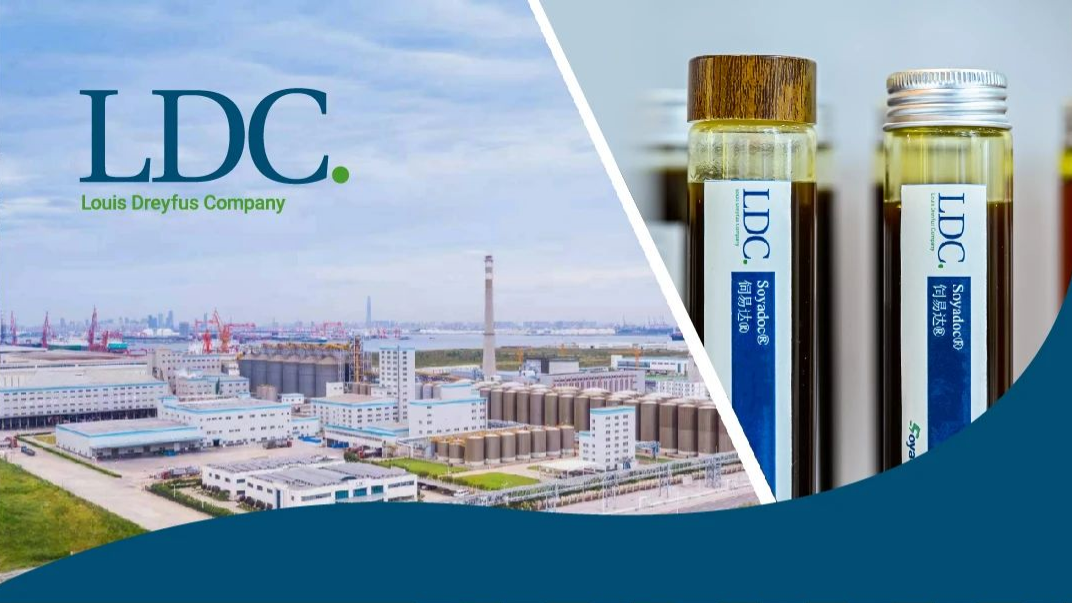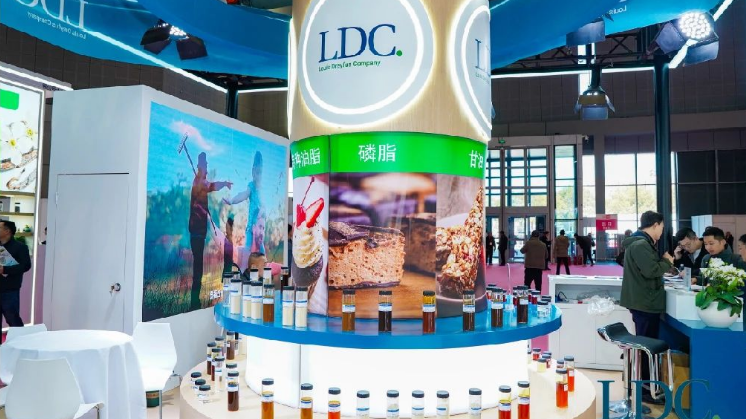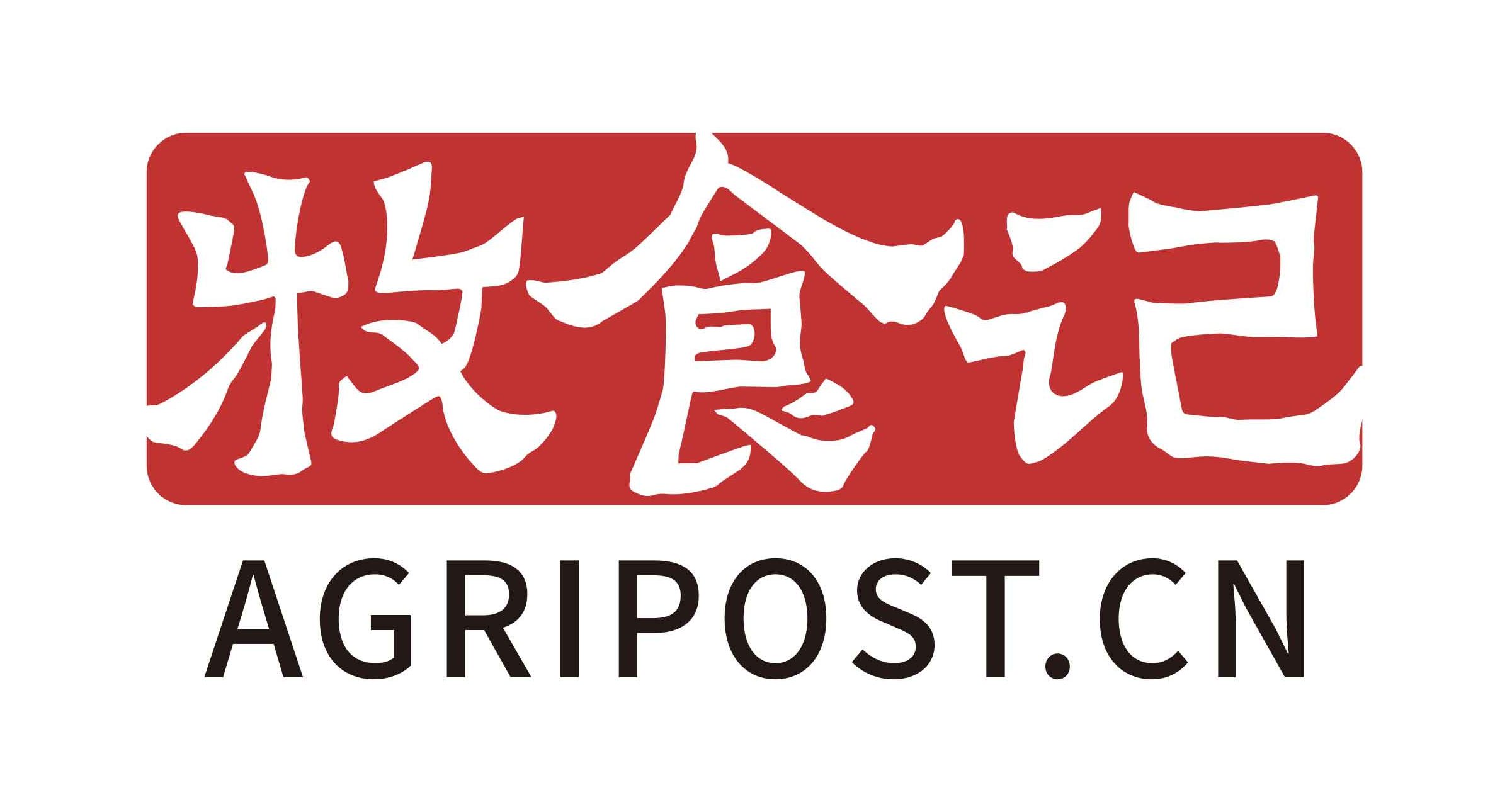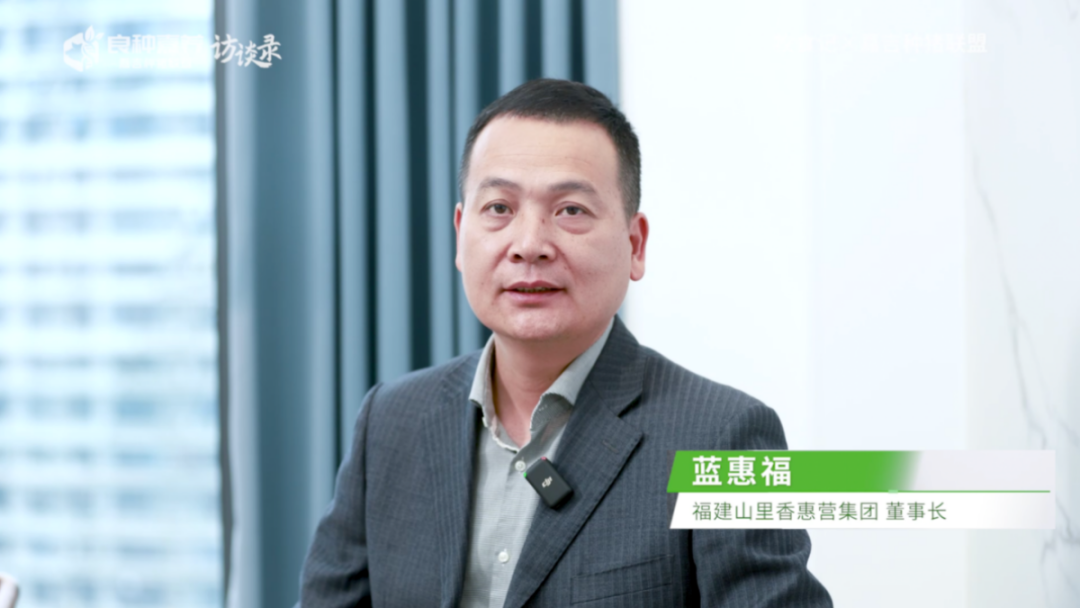Louis Dreyfus Company (LDC) has launched a new fully automated, renewable-powered specialty feed phospholipid production line in Tianjin, China, aiming to meet rising global demand for high-performance soy lecithin products. Backed by its Shanghai R&D center, the line produces enzymatically hydrolyzed and low-viscosity phospholipids to enhance animal nutrition and feed efficiency. Additionally, LDC is constructing a fermented soymeal facility at the same site, set to open in late 2025, as part of its strategy to expand into value-added and sustainable agrifood solutions.
Louis Dreyfus Company (LDC), a global agribusiness giant and one of the “ABCD” quartet of grain traders, has begun production on a new specialty feed phospholipid line at its oilseed processing plant in Tianjin, China. The development marks a significant step in LDC’s strategic expansion into high-value, sustainable feed ingredients tailored for both domestic and international markets.

A Green Leap: Fully Renewable-Powered Facility
Built with technological support from LDC’s Shanghai R&D center, the new line is powered entirely by renewable energy. This aligns with global efforts to decarbonize the feed and farming sector, as well as China’s growing emphasis on green development. According to the company, this production line will address the rising demand for premium phospholipid products such as enzymatically hydrolyzed lecithin and low-viscosity lecithin—functional ingredients valued for their role in enhancing animal growth, feed efficiency, and gut health.
Why Phospholipids Matter in Modern Feed
Soy lecithin, a key ingredient in the new line, is derived from the refining of soybean oil and contains rich nutrients including phospholipids, glycerol, unsaturated fatty acids, choline, and inositol. These compounds contribute significantly to biological functions in animals—ranging from boosting immunity and reducing oxidative stress to improving lipid metabolism and gastrointestinal health.
Enzymatically hydrolyzed lecithin enhances the absorption of fats and fat-soluble nutrients, optimizing feed efficiency and cutting costs. Low-viscosity lecithin, by contrast, improves blending and storage conditions by allowing direct incorporation into feeds without additional heating or specialized storage systems.
Booming Demand for Functional Ingredients
LDC forecasts that the global phospholipid market—currently valued at about USD 1.08 billion—will grow to USD 1.46 billion by 2030, driven by a 6.15% annual compound growth rate. Within this segment, soy-based lecithin remains dominant due to its cost-effectiveness and stability in large-scale production. In China, demand for high-quality lecithin is rising, particularly in the livestock and aquaculture industries, with soy lecithin being the preferred choice in the feed industry due to its cost-effectiveness and stability in large-scale production.

From Commodities to Customization
“This new production line embodies our broader strategy to expand downstream into high-value-added ingredients,” said Zhou Xuejun, Global Chief Commercial Officer of LDC and President of the company’s Asia-Pacific region. “We aim to offer customized specialty phospholipid solutions to feed manufacturers, backed by LDC’s integrated strengths in trade, processing, and technological innovation.”
Echoing the sentiment, LDC’s Chief Technology Officer and Head of Specialty Feed in North Asia, Huang Shengshu, noted that the investment illustrates LDC’s commitment to accelerating the commercialization of advanced feed solutions by leveraging existing infrastructure and innovation capabilities.
In a parallel initiative, LDC broke ground in September 2024 on a new fermented soymeal production facility, also located within its Tianjin processing complex. The line is expected to begin operations in the second half of 2025. Fermented soymeal, known for its enhanced digestibility and reduced antinutritional factors, represents another stride in LDC’s shift toward sustainable, performance-boosting feed ingredients.
AgriPost.CN – Your Second Brain in China’s Agri-food Industry, Empowering Global Collaborations in the Animal Protein Sector.




